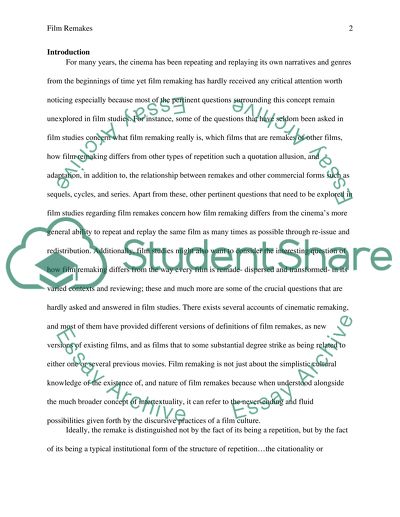Cite this document
(“Film Remakes Essay Example | Topics and Well Written Essays - 3250 words”, n.d.)
Retrieved from https://studentshare.org/visual-arts-film-studies/1482343-adaption-of-novel-into-film-it-should-have-a
Retrieved from https://studentshare.org/visual-arts-film-studies/1482343-adaption-of-novel-into-film-it-should-have-a
(Film Remakes Essay Example | Topics and Well Written Essays - 3250 Words)
https://studentshare.org/visual-arts-film-studies/1482343-adaption-of-novel-into-film-it-should-have-a.
https://studentshare.org/visual-arts-film-studies/1482343-adaption-of-novel-into-film-it-should-have-a.
“Film Remakes Essay Example | Topics and Well Written Essays - 3250 Words”, n.d. https://studentshare.org/visual-arts-film-studies/1482343-adaption-of-novel-into-film-it-should-have-a.


